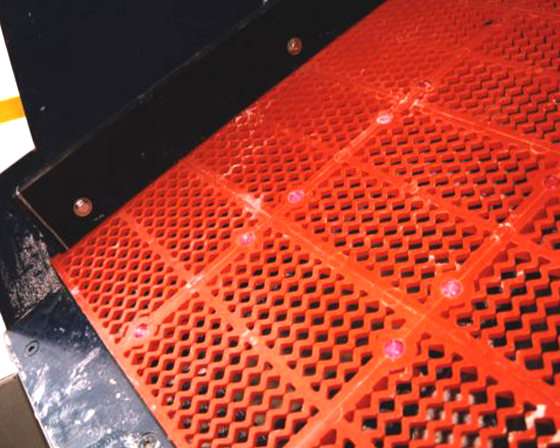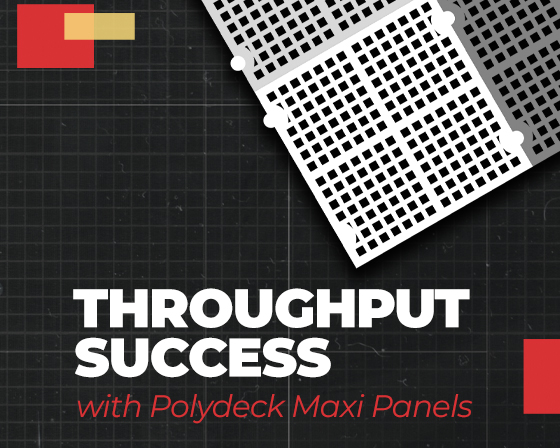January 12, 2021
We’ve put together a list of must-have safety checks for you and your employees when it comes to your screen media systems – read more today. […]
January 12, 2021
Here’s 5 quick tips on making sure your screens are running at optimal efficiency. Screen media may be a small part of your mine or quarry […]
January 12, 2021
What is open area? When we talk about “open area” on a screening deck, we mean the percentage of aperture space compared to the solid deck […]
January 11, 2021
It’s easy to be complacent with screen media solutions that require downtime for cleaning and replacement. Improve your throughput, reduced downtime and increased production with the […]
January 11, 2021
Vicdom Sand & Gravel takes a chance on a conversion and reaps big rewards including huge savings and reduced downtime in washing application.
January 1, 2020
KWIKDECK is a simple and cost-effective way to try modular media. Screen media is a critical component for the aggregate, energy and industrial, and mining industries. […]





